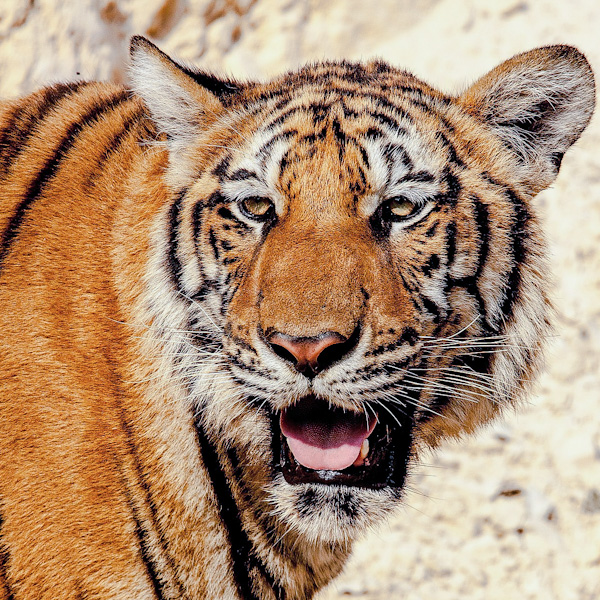Blue Tigers
 |
| Artists impression of what a blue tiger might look like The image is from Wikimedia Commons, licensed for use here. |
There is no reference to blue tigers in the well-respected book on wildcats, Wild Cats of the World And there are no specimens or hard records of blue tigers. There have been occasional sightings however. They appear to concern the South China tiger, which I say is now extinct and the Siberian tiger in Korea (there are question marks as to whether there are any left in Korea). The most famous sighting was apparently in 1910 by Methodist missionary Harry R. Caldwell in the Fujian Province of China.
The blue tiger is also referred to as the Maltese tiger. This is arguably confusing as there are no wild tigers in Malta. The word "Maltese" refers to the "Maltese locus" a position on a chromosome of a gene that causes dilution of the color of the fur. The pigment granules in the hair strands are enlarged and deposited unevenly in the individual hairs. Parts of the hair strand may have no pigment or be sparsely pigmented.
On the basis that there are white tigers, another color change in coloration caused by a slight change in the genotype of the tiger, and that there have been reports of black tigers (mentioned in Wild Cats of the World) it seems possible that the few sightings of blue tigers are genuine.
In this instance the word "blue" means grey or grey with a slight blue tint. This is the use of the word by people in the cat fancy. The cat fancy is the group of people who breed and show domestic purebred cats. Blue domestic cats are dilute coloured black cats.
Blue, black or white tigers are not a different species or subspecies of tiger. They are just a different color, a color variant of the subspecies concerned.
On the basis that there are white tigers, another color change in coloration caused by a slight change in the genotype of the tiger, and that there have been reports of black tigers (mentioned in Wild Cats of the World) it seems possible that the few sightings of blue tigers are genuine.
In this instance the word "blue" means grey or grey with a slight blue tint. This is the use of the word by people in the cat fancy. The cat fancy is the group of people who breed and show domestic purebred cats. Blue domestic cats are dilute coloured black cats.
Blue, black or white tigers are not a different species or subspecies of tiger. They are just a different color, a color variant of the subspecies concerned.
 |
| Image: MikeB |





SOUNDS WELL
ReplyDelete